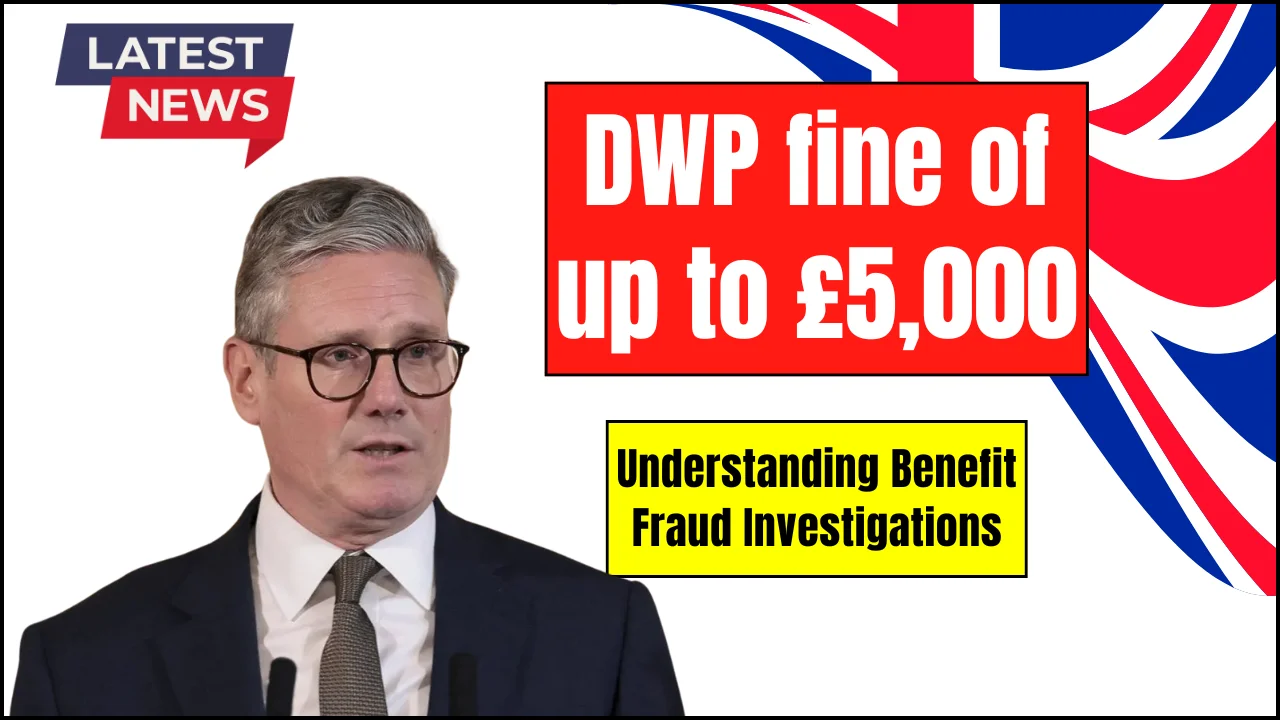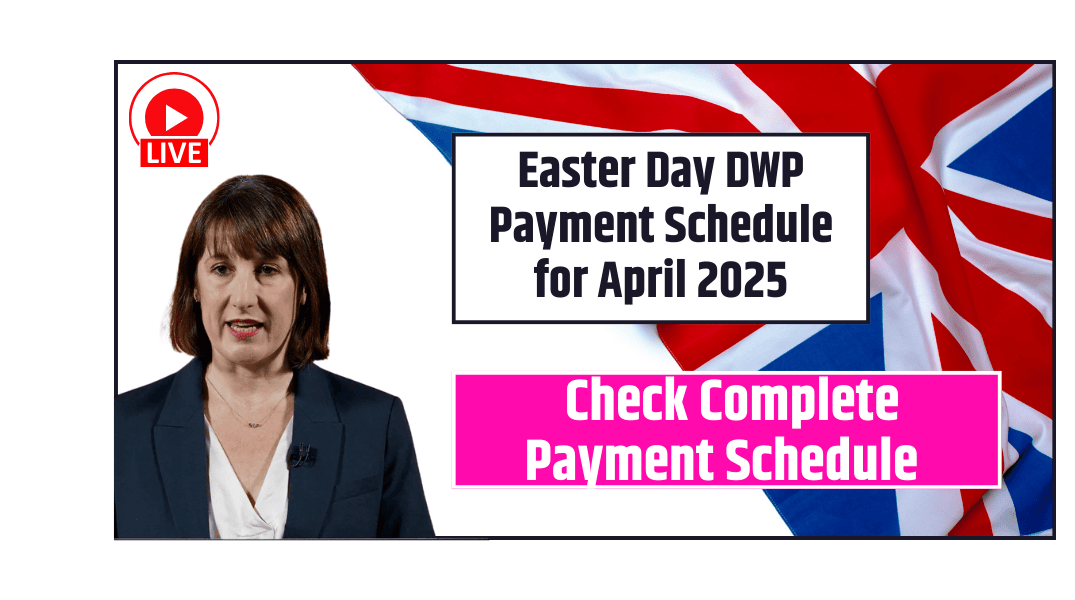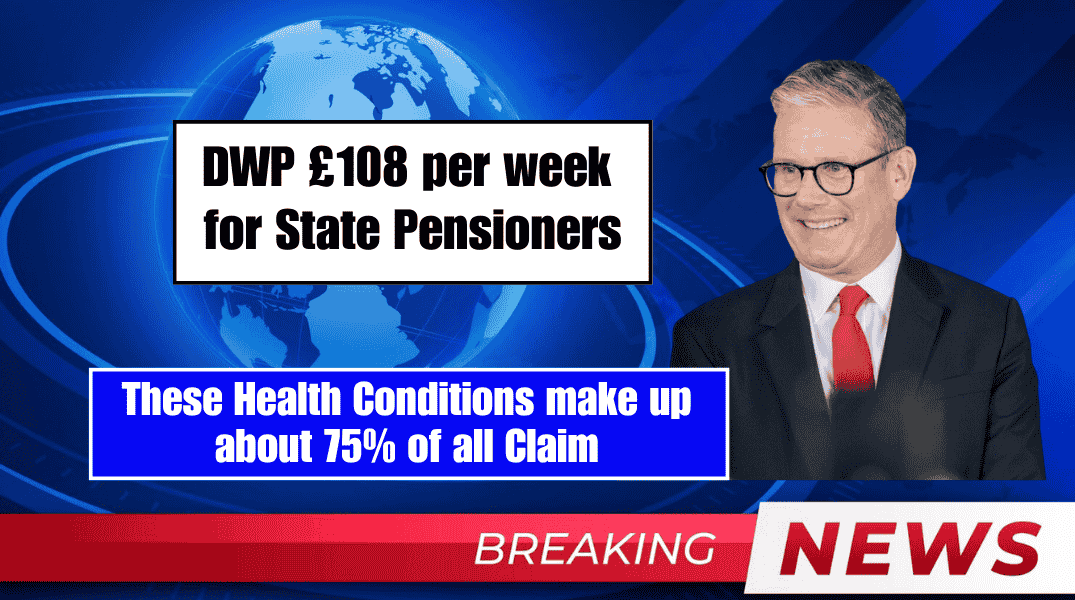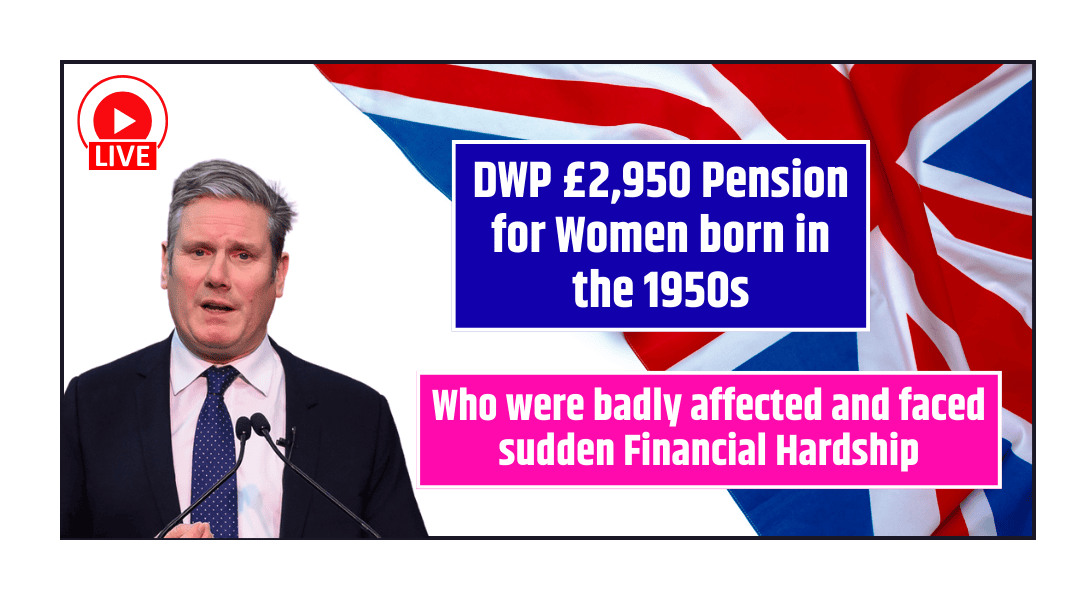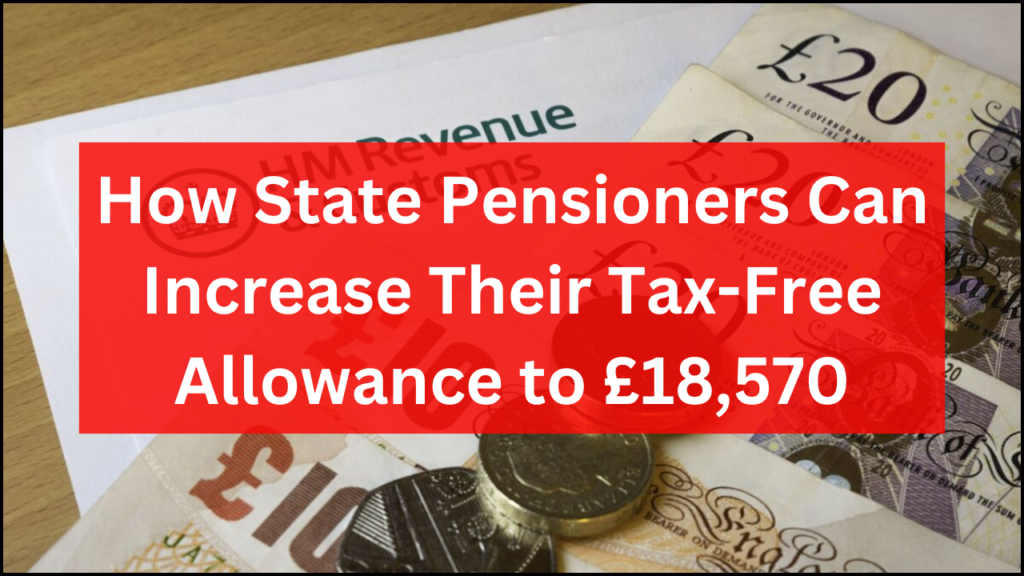
State pensioners across the UK have a valuable opportunity to maximize their tax-free income through a combination of allowances that many may not be fully aware of. While most people know about the standard Personal Allowance of £12,570, fewer understand how to potentially increase this to £18,570 by taking advantage of savings interest allowances.
Understanding Your Tax Allowances
State pensioners typically receive a Personal Allowance of £12,570 per year, which is the amount of income you can earn before paying any Income Tax. This applies to all income sources including:
- State pension payments
- Private pension income
- Earnings from employment
- Other taxable income
However, HMRC offers additional tax-free allowances specifically for savings interest that can significantly benefit pensioners with lower incomes.
The Tax-Free Allowance Combination
The potential £18,570 tax-free allowance is made up of three separate components:
- Personal Allowance: £12,570
- Starting Rate for Savings: Up to £5,000
- Personal Savings Allowance: £1,000
When combined effectively, these allowances could mean paying no tax on the first £18,570 of your annual income.
How the Starting Rate for Savings Works
The Starting Rate for Savings is particularly valuable for pensioners with modest incomes. Here’s how it works:
- You’re eligible for the full £5,000 Starting Rate for Savings if your pension and other non-savings income is below the Personal Allowance (£12,570)
- For every £1 you earn above the Personal Allowance, you lose £1 of the Starting Rate for Savings Allowance
- This means the allowance gradually reduces until it disappears completely when your non-savings income reaches £17,570
The Personal Savings Allowance
On top of the Starting Rate for Savings, basic rate taxpayers can earn an additional £1,000 in savings interest completely tax-free through the Personal Savings Allowance.
For higher rate taxpayers (those earning between £50,271 and £125,140), this allowance is reduced to £500, and additional rate taxpayers (earning over £125,140) receive no Personal Savings Allowance.
A Practical Example
To understand how these allowances work together, consider this example:
Sarah’s financial situation:
- State pension: £10,600 per year
- Private pension: £1,500 per year
- Total pension income: £12,100
- Savings interest earned: £5,500
How Sarah’s tax is calculated:
- Personal Allowance covers her entire pension income of £12,100, with £470 of allowance remaining
- The remaining £470 of Personal Allowance goes toward her savings interest
- The starting Rate for Savings covers the next £5,000 of her savings interest
- Personal Savings Allowance covers the final £30 of her savings interest
Result: Sarah pays no tax on any of her £17,600 total income (£12,100 pension + £5,500 interest).
Who Benefits Most?
This tax-saving opportunity is particularly valuable for:
- Pensioners with total income (excluding savings interest) below £12,570
- Those with a moderate amount of savings generate interest
- People with a mix of pension and part-time employment income totaling less than the Personal Allowance
The lower your non-savings income is below the Personal Allowance threshold, the more of the £5,000 Starting Rate for Savings you can utilize.
How to Check if You Qualify
To determine if you could benefit from these combined allowances:
- Calculate your total annual income from pensions, employment, and other non-savings sources
- If this amount is below £12,570, you qualify for some or all of the £5,000 Starting Rate for Savings
- The difference between £12,570 and your non-savings income shows how much of the £5,000 allowance you can use
- Add your Personal Savings Allowance (usually £1,000 for basic rate taxpayers)
Making the Most of Your Allowances
To maximize these benefits, consider these strategies:
- Review how your savings are structured to ensure you’re generating interest efficiently
- Consider transferring some savings to a spouse or civil partner if they have unused allowances
- Look into Individual Savings Accounts (ISAs) for additional tax-free savings opportunities
- Regularly check your tax code to ensure HMRC has your correct details
When You Might Need to Pay Tax
Remember that once your total income exceeds your combined allowances, you’ll need to pay tax on the excess amount at your usual rate. For most pensioners, this will be the basic rate of 20%.
If your savings interest pushes you over your allowances, only the portion above the threshold will be taxed.
How to Claim Tax Relief
If you’ve paid tax on savings interest but your total income falls within your allowances, you may be able to reclaim this tax. You can do this by:
- Completing a R40 form from HMRC
- Contacting HMRC directly if you think you’ve paid too much tax
- Use the online self-assessment system if you already completed a tax return
Staying Informed About Changes
Tax allowances and thresholds can change each year, typically announced in the Budget. It’s important to:
- Review your tax position annually
- Stay informed about changes to allowances and tax rates
- Seek advice if your financial situation changes significantly
Wrapping Up
For state pensioners with modest incomes, the combination of the Personal Allowance, Starting Rate for Savings, and Personal Savings Allowance offers a valuable opportunity to maximize tax-free income. By understanding and utilizing these allowances effectively, you could potentially enjoy up to £18,570 of income without paying a penny in tax.
Taking the time to review your tax position and structure your income and savings appropriately could result in significant tax savings, helping your retirement income go further when you need it most.


